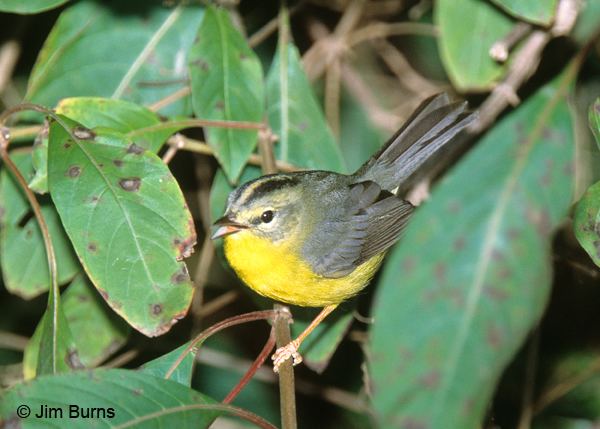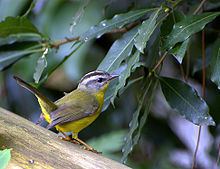Order Passeriformes Genus Basileuterus Higher classification Basileuterus | Phylum Chordata Family Parulidae Scientific name Basileuterus culicivorus Rank Species | |
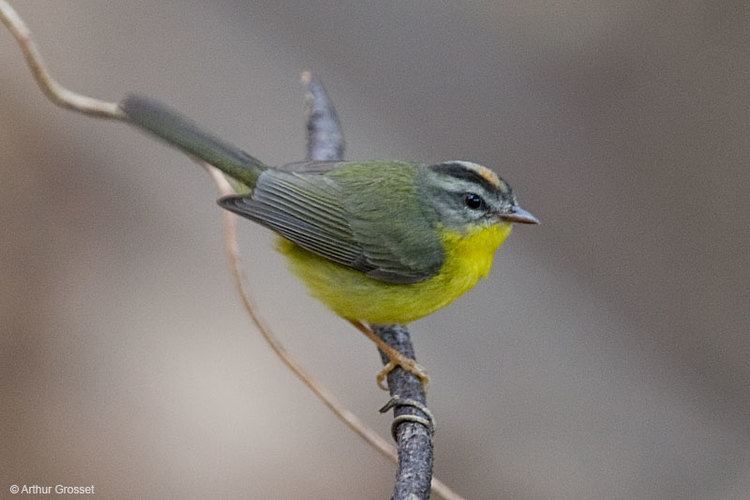 | ||
Conservation status Least Concern (Population decreasing) Similar Basileuterus, Bird, New World warbler, Tropical parula, Rufous‑capped warbler | ||
Golden crowned warbler basileuterus culicivorus colombia birds
The golden-crowned warbler (Basileuterus culicivorus) is a small New World warbler.
Contents
- Golden crowned warbler basileuterus culicivorus colombia birds
- Golden crowned warbler basileuterus culicivorus
- Distribution and habitat
- Description
- Taxonomy
- Behaviour
- References
Golden crowned warbler basileuterus culicivorus
Distribution and habitat
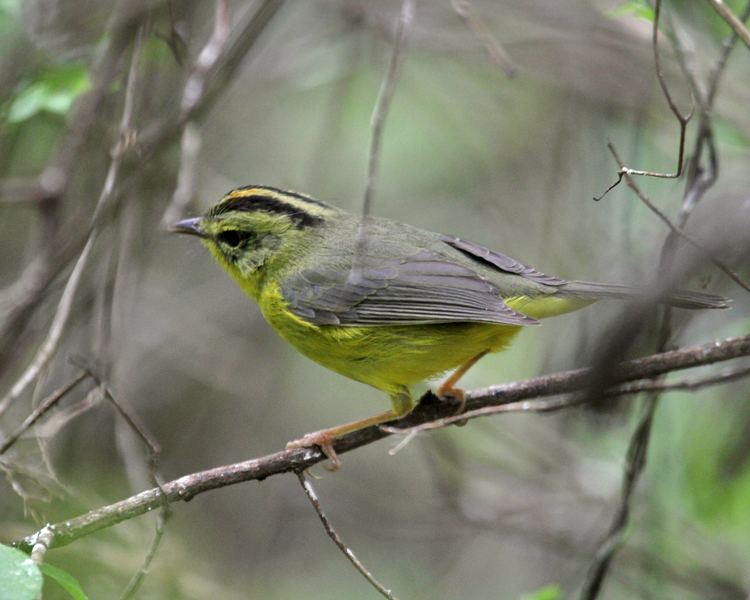
It breeds from Mexico and south through Central America to northeastern Argentina and Uruguay, and on Trinidad. It is mainly a species of lowland forests.
Description
The golden-crowned warbler is 12.7 cm (5.0 in) long and weighs 10 g (0.35 oz). It has grey-green upperparts and bright yellow underparts. The head is grey with a black-bordered yellow crown stripe, a yellow or white supercilium and a black eyestripe. Sexes are similar, but the immature golden-crowned warbler is duller, browner and lacks the head pattern other than the eyestripe.
Taxonomy
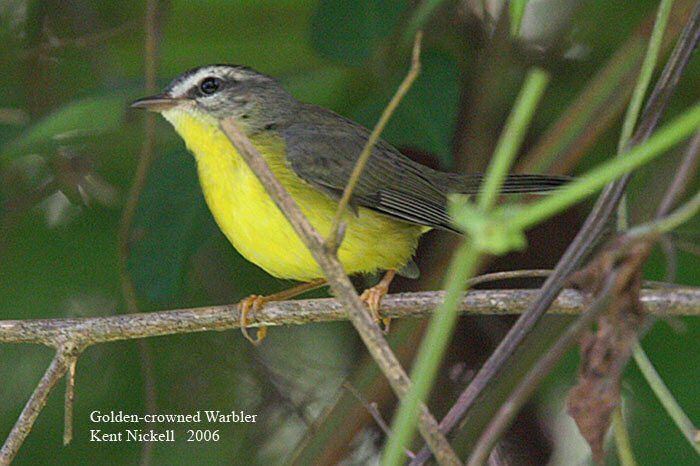
Golden-crowned warbler has 13 geographical races, which fall into three groups. The Central American culicivorus group (known as the stripe-crowned warbler) is essentially as described above, the southwestern cabanisi group (known as Cabanis's warbler) has grey upperparts and a white supercilium, and the aureocapillus group (known as the golden-crowned warbler) of the southeast, which has a white supercilium and orange-rufous crown stripe. The three groups are sometimes considered to be different species.
Behaviour
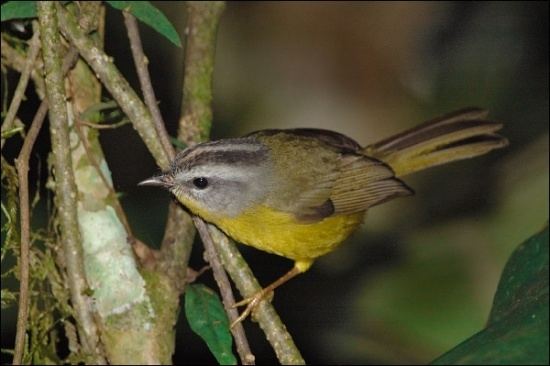
These birds feed on insects and spiders. The song is a high thin pit-seet-seet-seet-seet, and the call is a sharp tsip. It lays two to four rufous-spotted white eggs in a domed nest in a bank, often by a forest path, or under leaves on the forest floor. Parent birds will feign injury to distract potential nest predators.
